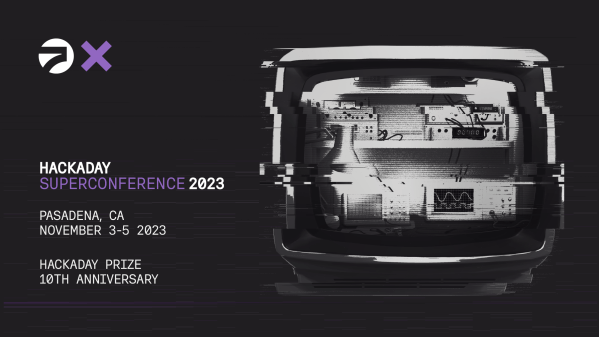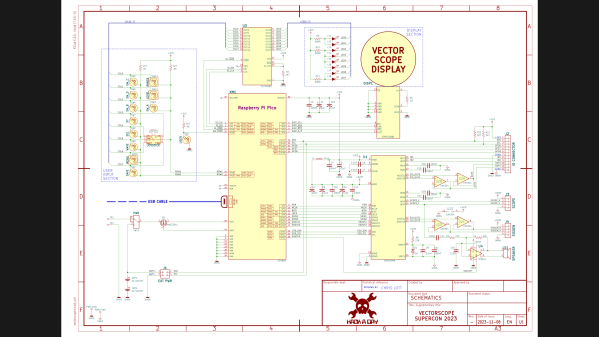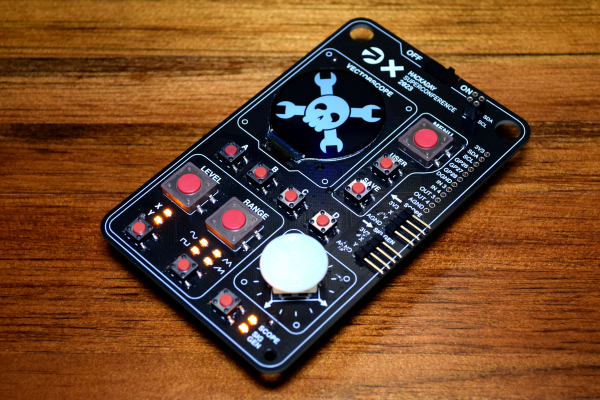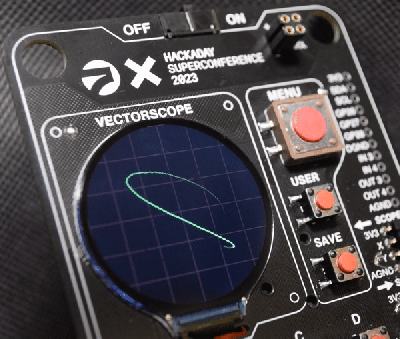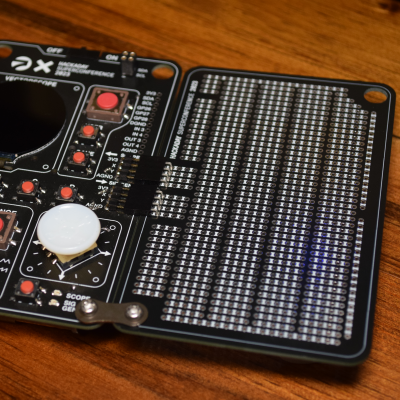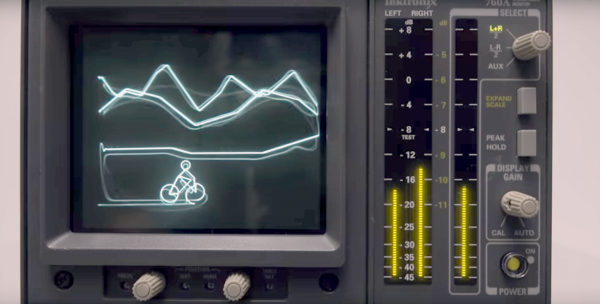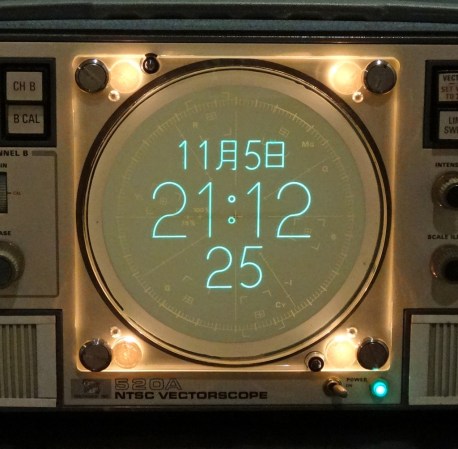For those of you who’ve had the opportunity to join us in Pasadena for Supercon, you’ll know it’s a wild ride from start to finish. Singling out a single moment as our favorite is pretty much impossible, but certainly the Sunday Badge Hacking Ceremony has to rank up there. It’s the culmination of ~78 hours of intense hardware and software hacking, and that’s not even counting the pre-show work that attendees often put into their creations. Every year, without fail, this community manages to pull off badge hacks that are beyond anything we could have imagined — and we’re the ones who made the thing in the first place.
Unfortunately, in the mad rush, we’ve never had a chance to actually photograph the hacked badges and share them with the Hackaday readers. This year, at the urging of some of the badge hackers themselves, we were able to throw together a suitable overhead light at the last minute and actually snapped shots of each badge after it was presented to the audience.
The resulting images, sorted by badge hacking category, are below. While some proved difficult to photograph, especially with an impromptu setup, we’re happy to at least have a complete record of this year’s creations. Hopefully we’ll be able to improve on our technique for 2024 and beyond. If yours shows up, or if you’d like to share your appreciation, sound off in the comments below!
Continue reading “A Look At All The Badge Hacks Of Supercon 2023”

